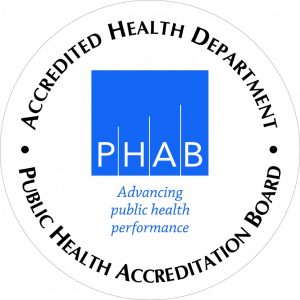The Sewage Wastewater Program at Marion Public Health permits household sewage treatment systems (HSTS). Our goal is to work with homeowners and contractors to make installing a septic tank a seamless process. We developed a homeowner’s guide you can access below to guide you through each step of the process. We also follow up on sewage complaints in the community. Marion Public Health strives to educate before we regulate. If you have any questions regarding septic tanks, please call 740-692-9112.
Please click here to access our homeowner’s guide to installing a septic tank. Document attached

